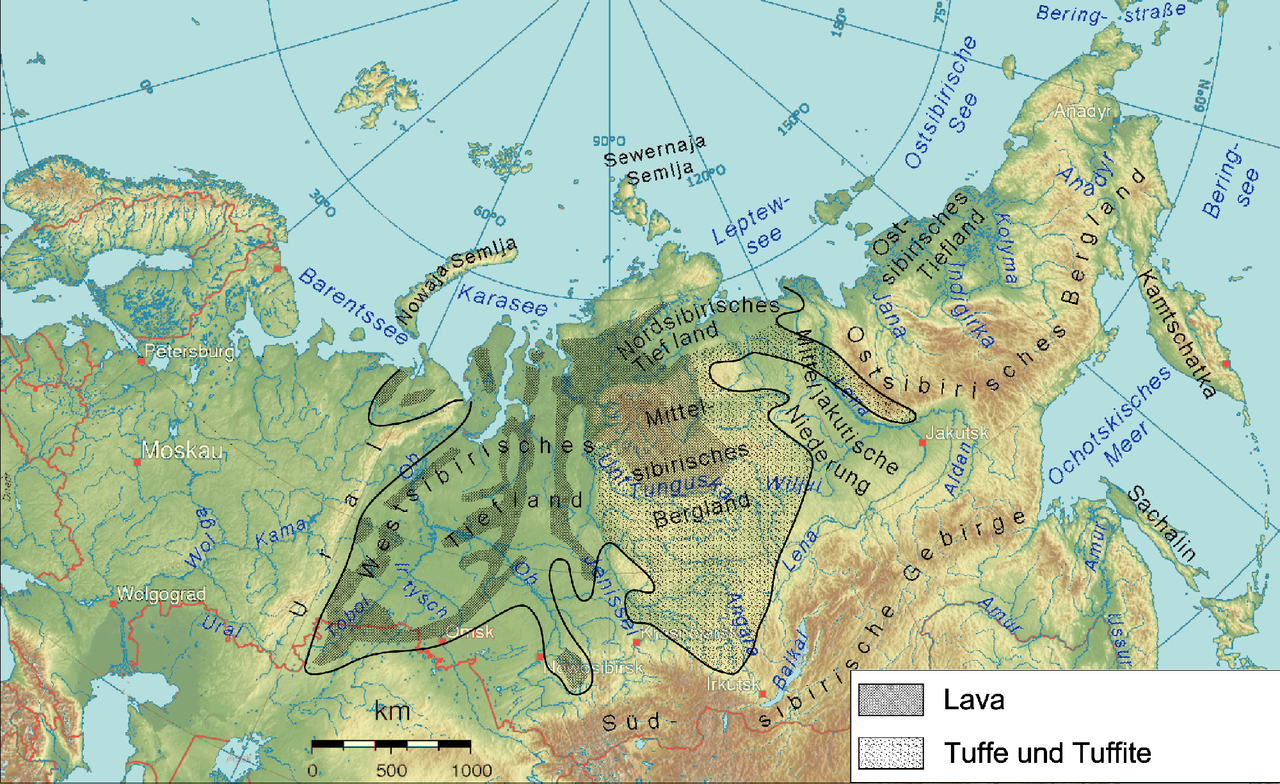Listen to Episode 45 on PodBean, Spotify, YouTube, or other podcast providers.
252 million years ago, there was an event so dramatic that it wiped out almost all life on the planet; so dramatic that it brought an end to the entire 300-million-year-long Paleozoic Era; so dramatic that it has come to be known as “The Great Dying.” In this episode, we discuss Earth history’s worst mass extinction: The Permian Extinction.
News
A famous Ediacaran critter might be the oldest known true animal.
Re-assessing Madagascar’s elephant birds reveals a new giant genus.
Tiny body size may have been key in the evolution of mammals’ unique jaws.
An enormous Cretaceous tree trunk is the oldest known giant flowering tree.
The Permian Period
The setting: 299-252 million years ago. The world’s landmasses are conglomerated into the famous supercontinent Pangaea, surrounded by a single global ocean called Panthalassa. The interior of the continent is arid and warm, and practically all of the coastlines on Earth exist at the borders of this continent.

The seas are home to some classic Paleozoic critters: tabulate and rugose corals build reefs alongside abundant brachiopods and crinoids; these reefs are inhabited by diverse shelled cephalopods and mollusks, plus lingering trilobites and sea scorpions.
The land is home to large amphibians, some of the very earliest reptiles, and the dominant synapsids – big, small, herbivorous, carnivorous – in deserts and in forests built by a radiation of early conifers and other seed-bearing plants like the famous Glossopteris. The only aerial animals are a host of ancient insects.

And then…
The Great Dying
At the end of the Period, over a time span of less than 100,000 years, the world experiences what might be the most intense drop in biodiversity ever.
As many as 96% of marine species vanish.
As many as 70% of land species vanish.
Approximately 50% of biological families disappear.
It was bad.
Among the casualties are:
-Nearly all of the brachiopods, crinoids, ammonites, foraminifera, and more.
-Many or most of the bryozoans, bivalves, and land vertebrates.
-Several groups of insects – this is the only mass extinction known to have dramatically affected insects.
-ALL tabulate and rugose corals, plus ALL of the lingering spiny sharks (acanthodians), trilobites, sea scorpions, and blastoid echinoderms (it’s been suggested that some of these groups may have vanished before the actual Permian Extinction).
-And plenty more.
There’s also a major decline of global reefs and forests, especially those lovely new conifers.
Chaotic Chemistry
At the end-Permian, there is evidence for a rise of carbon dioxide in the oceans, widespread anoxia (low oxygen conditions) and hydrogen sulfide (which is toxic) in waters, and a drastic global rise in temperature. These effects would have combined to create unbearable conditions for many organisms – especially those most susceptible to warm climates, acidic oceans, and rapid chemical change.
And who dun it? There have been many proposed triggers for this chaos, but the most popular potential perpetrator is volcanism. At the Permian-Triassic boundary, the Siberian Traps were being formed by the most extensive flood basaltic volcanic eruptions in the fossil record. Many thousands of years of volcanic activity wreaking havoc may indeed have created the conditions that toppled Permian ecosystems.

Aftermath
It took 5-10 million years for ecosystems to recover from this event. Through the Early Triassic, fossil sites are dominated by “disaster taxa,” species that capitalized on being the few survivors in low-diversity ecosystems; burrowing traces are rare, reflecting impoverished seafloor ecosystems; and there is a several-million-year-long hole in the fossil record of coal (from forests and swamps) and reefs. It was a very empty world.

And then it was the Mesozoic. Stony corals took over for the absent Paleozoic corals, archosaurian reptiles dominated the land as most of those Permian synapsids had vanished, and the seafloor became home to a much more mobile and complex assortment of critters. The Permian Extinction set the stage for the types of ecosystems that would become famous in our fossil record and familiar in our modern world.
More…
A nice overview of research on the extinction in this National Geographic article.
More info – and pictures! – from David’s #30DayEarthHistory threads on Twitter: the Permian Period and the Permian Extinction.
If you technical info, here are a few papers that offer overviews and discussion on study of this event:
Burgess, Bowring, & Shen 2014
Sahney & Benton 2008
Benton & Twitchett 2003
—
If you enjoyed this topic and want more like it, check out these related episodes:
- Episode 47 – Early Synapsids (“Proto-Mammals”)
- Episode 141 – Supercontinents
- Episode 15 – The end-Triassic Mass Extinction
- Episode 5 – The K-Pg Extinction (the “Dinosaur Extinction”)
We also invite you to follow us on Twitter, Facebook, or Instagram, buy merch at our Zazzle store, join our Discord server, or consider supporting us with a one-time PayPal donation or on Patreon to get bonus recordings and other goodies!
Please feel free to contact us with comments, questions, or topic suggestions, and to rate and review us on iTunes!
Great podcast! Thanks for taking my suggestion – and for the followup response by Ally to a question I asked about her grass episode. I was delighted to hear her guest appearance! I appreciate the images and extras on the blog posts,too. They really help this busy educator with resources for my college students. Keep doing the great job you’re doing!
LikeLiked by 1 person